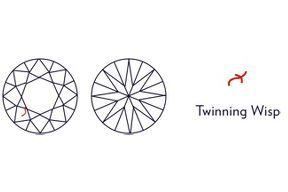Diamond Characteristics
Cavity
An angular opening in the surface of the diamond, created when part of a feather has broken away. In higher clarity grades,
this may be impossible to see with the naked eye.
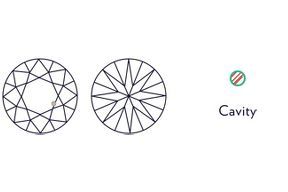
Chip
A shallow opening resulting from the cutting process or damage to a stone’s surface. Larger, more serious chips may result in
considerable weight loss. In higher clarity grades, the chip may be impossible to see with the naked eye.
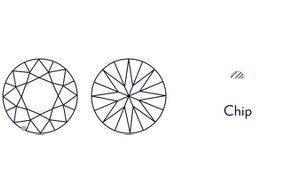
Cloud
A group of tiny pinpoints found inside a diamond, too small to distinguish individually. In higher clarity diamonds,
clouds are often difficult to detect under 10x magnification. Occasionally with lower clarity diamonds, you may see a note
on the grading report that clarity is based on clouds not shown. This may be referred to as a “micro-cloud” and in rare
instances can become slightly eye-visible.
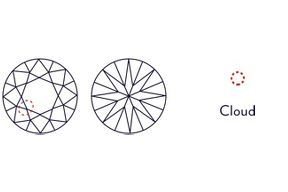
Crystal
A crystal is a tiny bit of mineral, diamond or other matter found within a diamond. It can vary in size, shape and color, and may extend to the diamond’s surface.

Extra Facet
Facet
One or more additional facets not required by the cutting style, and outside of the diamond’s overall facet pattern or symmetry. Often located near the girdle.
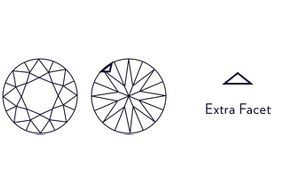
Feather
A general term for any fracture or fissure in a diamond that extends to the surface. In higher clarity diamonds, feathers
may be so shallow or low-relief as to be difficult to find even under 10x magnification.
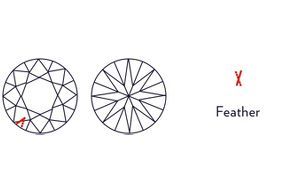
Indented Natural
An indented edge or portion of the original rough diamond, left unpolished, that dips below the surface of the finished,
polished diamond.
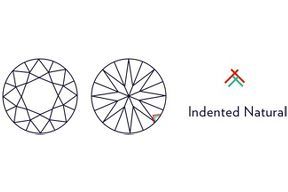
Knot
A transparent included crystal that extends to the surface of the diamond after final fashioning.
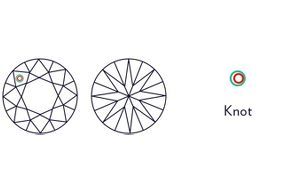
Laser Drill Hole
A pinpoint hole on the surface of a diamond that leads to a microscopic tunnel that has been drilled into a diamond.
This type of hole is most often drilled to remove an internal inclusion, and is considered an artificial form of
enhancement. Blue Nile does not carry diamonds with laser drill holes.

Natural
A portion of the original rough diamond’s surface left unpolished on the finished diamond. Typically found near the girdle and
often undetectable to the naked eye in the face-up position.
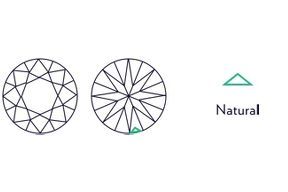
Needle
A fine, elongated inclusion that is enclosed within a diamond that looks like a tiny rod under 10x magnification. Needles are
general more subdued than crystals or feathers.

Pinpoint
Minute crystals enclosed in the diamond that look like tiny specks under 10x magnification. The presence of a single pinpoint
can make the difference between a Internally Flawless and VVS1 clarity grade.
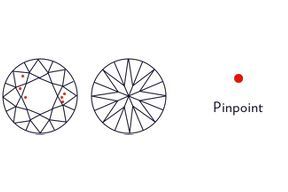
Twinning Wisp
A series of pinpoints, clouds or crystals formed during a diamond’s growth, produced by an irregularity in the crystal structure.
Often appears as a ripple or wispy line.
